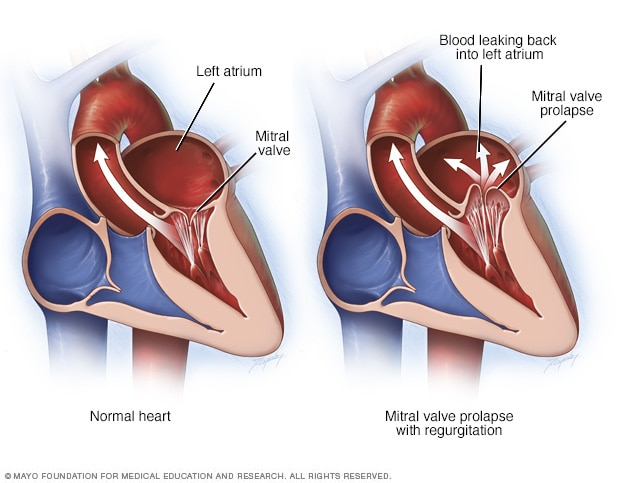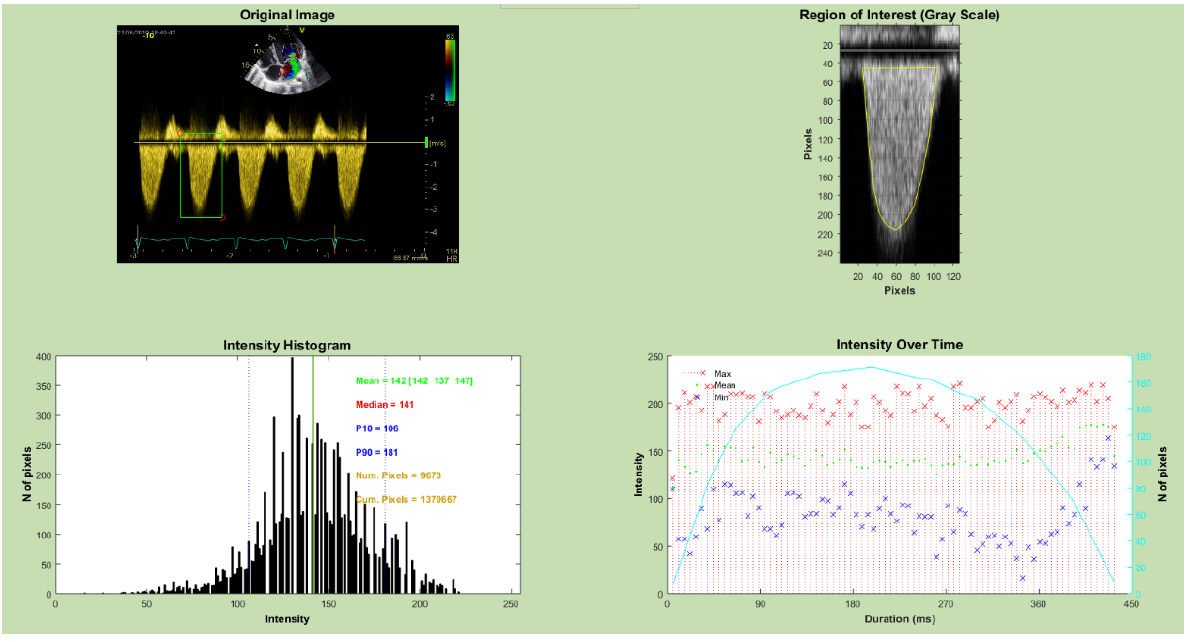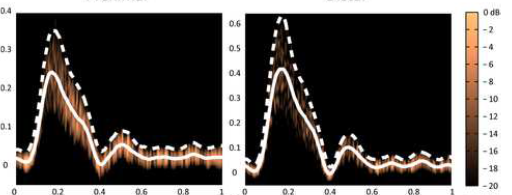Probleemstelling:
Mitral valve regurgitation is the unwanted backflow (leakage) of blood through the mitral valve in the left part of the human heart. Regurgitation may be due to a disease of the mitral valve itself (eg valve leaflet problem) or structural changes (dilatation) to the ventricle that prevent the mitral valve from performing its function properly.

Estimating the severity of regurgitation and understanding the underlying cause is an extremely complex task. Cardiologists usually use ultrasound images to estimate the problem based on the absolute leak volume, the properties of the jet through the valve, etc. These parameters are in turn (simultaneously) influenced by many other factors, including the condition and properties of the mitral valve, the differential pressure across the valve.
Recently, Prof. Frank Timmermans (UZGent) proposed a relatively simple useful parameter, the so-called "average pixel intensity" index that can be estimated from the intensity of pixels in a continuous wave Doppler recording, assessing the jet velocities. Previous studies have shown its added value over existing parameters, but further research is desirable for further refinement and a full understanding of the index.

